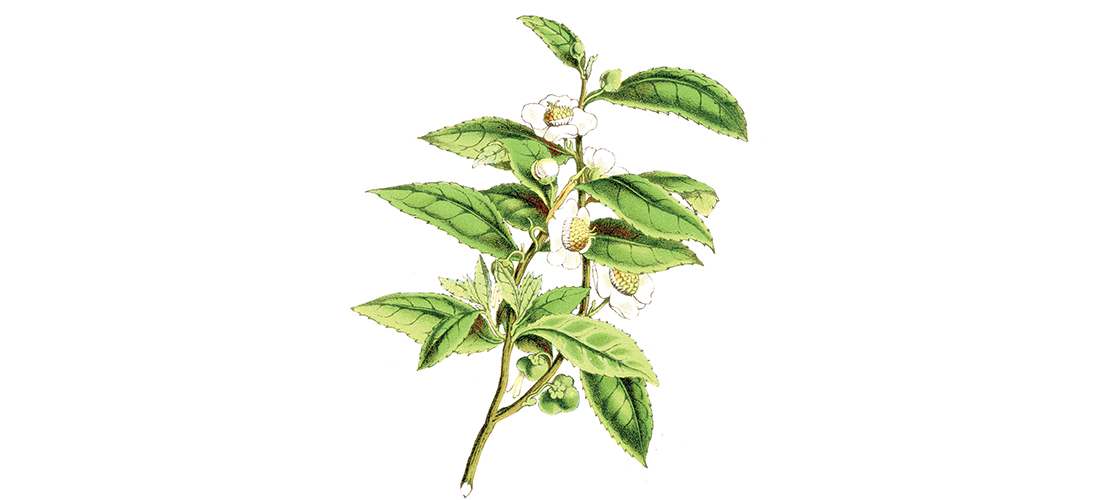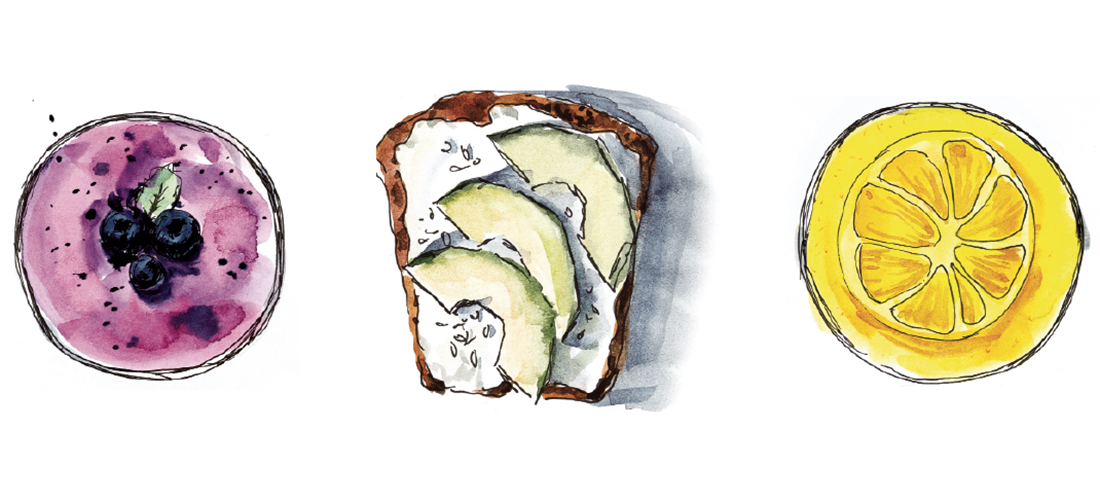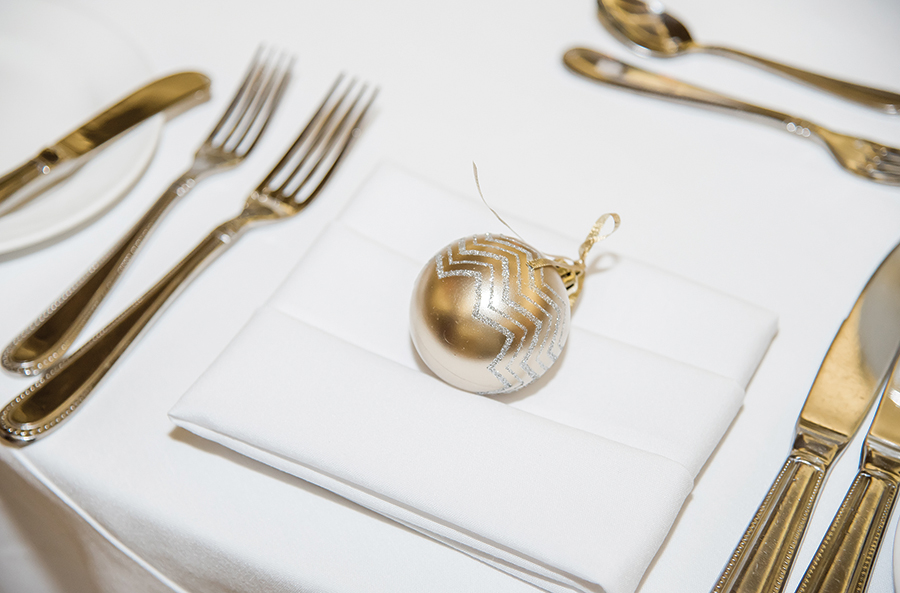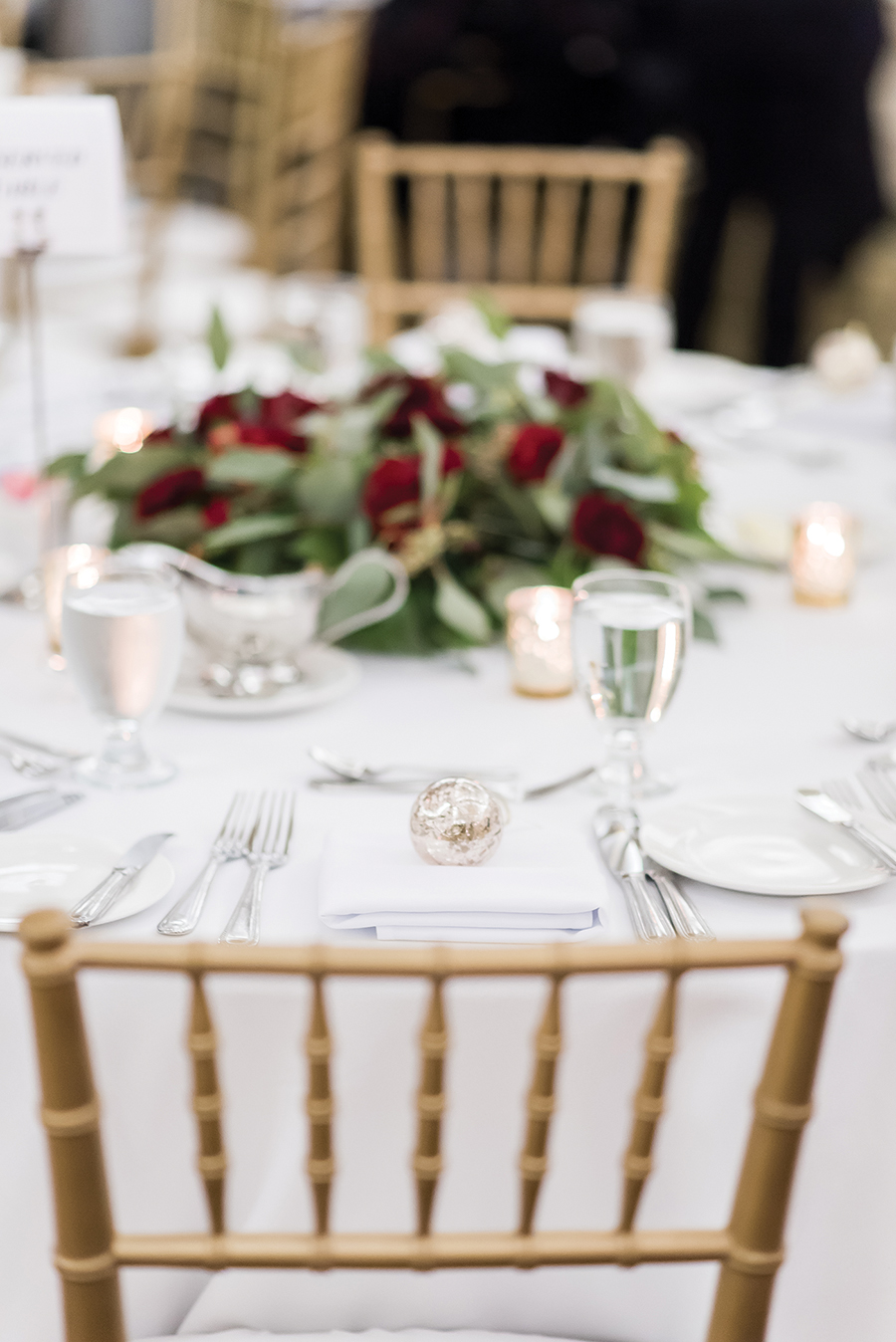Tea is a natural in the Sandhills
By Jan Leitschuh
Dark, wet days brighten considerably with a “cuppa,” warding off chilly winds and damp spirits. The Brits have long known the restorative power of tea.
I had a chance to hike the Great Glen Way in Scotland a few years back — we did it in a civilized fashion, stopping at bed-and-breakfasts for the night. Always, waiting for us, was a tea setup in the room, and always, we made a cup after a long day of walking. The tea never failed to work its magic reviving tired hikers.
While we associate tea with the United Kingdom, it actually originated in the Far East, as in “all the tea in China.” Few realize the tea plant also grows well in many parts of North Carolina. Old plantations in South Carolina are often found to have a few old plants. The gardens here at Weymouth sport a healthy specimen, too.
Surprised? Yet no one is surprised that camellias live in the Sandhills.
Tea does indeed come from a camellia plant, and that variety is Camellia sinensis, the tea camellia.
Seems like a kitchen gardener could have a little fun with tea. A few years back I bought a plant on a visit to Charleston, South Carolina, and installed it in my yard. When I had the good fortune to meet enthusiast and prominent North Carolina tea grower Christine Parks last month, I pumped her for further instructions.
The owner of the garden club mecca Camellia Forest Tea Gardens, Parks grows her artisanal teas near Chapel Hill. Delving in after first exposure, the more Parks learned, the more she was hooked. She was seized with the notion of teas, and growing the tea plants. Here, she thought, “was a passion that would keep me learning for the rest of my life, growing the plant, processing the leaves, the history and culture. More importantly, I just love working with the leaf, the aromas of the leaf — from the plants warming in the sunshine and the leaves drying.”
Popular in springtime for tours, Camellia Forest Tea Gardens has about half an acre in tea, “with hundreds of plants and many different varieties collected from all over the world, especially cold-hardy varieties that do well in our climate and throughout the Southeast and Mid-Atlantic states,” says Parks.
A prominent North Carolina tea expert, Parks offers hands-on workshops. “(Husband) David’s family has been growing tea in their Chapel Hill garden for more than 35 years,” she says. “We started this current garden in 2006 to test new varieties and to provide a resource for gardeners who were interested in growing tea.”
No bright, showy blooms for the tea camellia. While its flowers are pale, small and not particularly showy, its green matter is highly valued. A bushy evergreen shrub, sometimes even a small tree, this plant’s leaves and leaf buds are harvested to produce tea. From this species of camellia comes white tea, green tea, oolong, black and pu-erh teas. The plant matter is processed differently to produce varying levels of oxidation, which gives us those different types of tea to drink.
Camellias prefer Zones 7-9, and here in the Sandhills, we are 8a. Tea plants are best in semi-shade, though commercial growers use full sun and drip irrigation. A half-day of sun is probably ideal. They love sandy, slightly acid soil — sound like any place we know? — with lots of organic matter, similar to azaleas. Mulch and regular water are essential to helping a new plant get started.
Fifty inches of rainfall a year, or more, with a little help in dry times, is preferred. The shrubs make screens or background plants, and the plant is mildly resistant to damage by deer. They grow a strong taproot, and are unaffected by strong winds. The small flowers are a useful source of pollen to support bees over the winter.
Tea plants will grow into a tree if left undisturbed, but cultivated plants are pruned to waist height for ease of plucking. Fertilize lightly in spring with a balanced fertilizer, but if more growth is desired, don’t over-fertilize — more water will bring on new growth. Skip harvest the first few years to give the plant a chance to establish itself.
The young spring growth that the bush produces in “flushes” is prized for tea, and this is the season that draws the garden clubs and other visitors to Parks’ tiny tea farm. These “flushes” are harvested for processing. Plucking stimulates new growth in a few weeks. Fresh leaves contain about 4 percent caffeine, as well as other mildly stimulating compounds, including theobromine. The young, light green leaves are harvested for tea production — look for the short white hairs on the underside.
Home gardeners picking for the first time might aim for the first two leaves and the unopened bud at the end of a twig. Older leaves are deeper green. Different leaf ages produce different tea qualities, since their chemical compositions are different. Usually, the tip (bud) and the first two to three leaves are harvested for processing.
A palm-full of fresh shoots should yield a cup of tea, when dried. It takes many shoots to make a pound of tea.
White tea may be the easiest to start with, since it is the least processed. Harvest one bud, or a leaf and a bud. Choose an area with good circulation, warm temperatures and about 65 percent humidity, explains Parks’ informative website, teaflowergardens.com. Let the leaves wither in the shade, until they look like they are starting to dry out, then complete the drying in an oven with very low temperatures — 170-200 degrees. This might take 15-20 minutes, so stay close. Store in an airtight container for up to a year.
Green tea is also worth trying. “The least oxidized tea, leaves are heated to inactivate enzymes that transform tea catechins into theaflavins and thearubigins. These components are part of what contribute to the unique flavors of green versus black and oolong,” according to teaflowergardens.com. Harvest two leaves and a bud in the morning, and spread out on a tray with good circulation. Heat the leaves for about 3-5 minutes using either steam (a vegetable steamer will do) or by stirring the fresh leaves in a dry pan until they are moist and hot. Depending on how much you have, roll the leaves in a clean cloth (or your hands for smaller amounts) to release the juices. Dry in an oven at a low temperature, as with white tea.
Parks still finds the process captivating: “I was hooked by the aromas of the leaf — fresh in the sunshine and as it went through processing to tea.”
Processing the tea leaf promotes the development of new chemical compounds which alter its taste as well as its properties. It can be difficult to generalize by type of tea as to the health benefits of each, and there is some overlap.
Over 4,000 years ago, tea was drunk strictly as medicine, to both stimulate and detoxify. Gradually, it became popular as a delicious, bitter beverage consumed for its own sake. The health benefits still exist, with today’s science validating its original use. Besides comfort, the leaves have been used in traditional Chinese medicine to treat asthma, acting as a bronchodilator. Due to its antioxidant powers, tea is being investigated for benefits in relation to cancer prevention, weight loss, strengthening the immune system, preventing cell mutations and in the treatment of cardiovascular diseases.
The best time to visit the garden, says Parks, is when tea is growing from early May through October. With a nominal charge for tea tastings, along with more formal workshops by request, Camellia Forest Tea Gardens offers tours by appointment for groups and individuals. Two popular free open house events in late May and October highlight the tea garden.
“We love to learn, and share our experiences growing tea in North Carolina,” says Parks. PS
Parks can be reached by email at teaflowergardens@gmail.com, through the website at www.teaflowergardens.com or on Facebook (Camellia Forest Tea Gardens). To order tea plants, contact the nursery directly at www.camforest.com.
Jan Leitschuh is a local gardener, avid eater of fresh produce and co-founder of the Sandhills Farm to Table Cooperative.
















